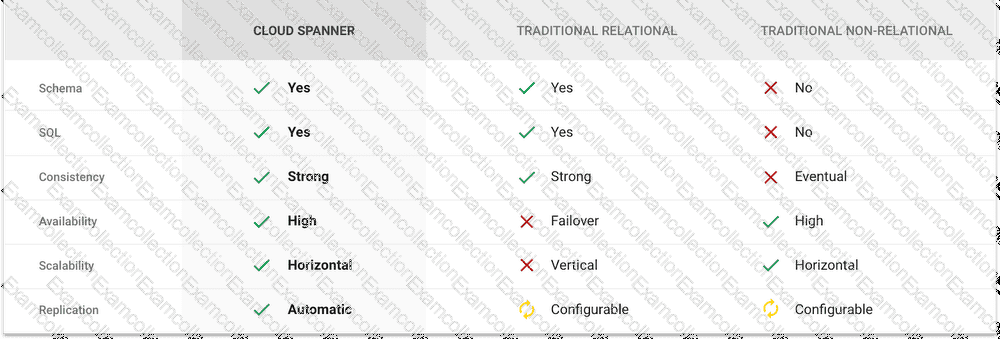Google Associate-Cloud-Engineer - Google Cloud Certified - Associate Cloud Engineer
Total 343 questions
You have a Google Cloud Platform account with access to both production and development projects. You need to create an automated process to list all compute instances in development and production projects on a daily basis. What should you do?
Your company has workloads running on Compute Engine and on-premises. The Google Cloud Virtual Private Cloud (VPC) is connected to your WAN over a Virtual Private Network (VPN). You need to deploy a new Compute Engine instance and ensure that no public Internet traffic can be routed to it. What should you do?
Your Dataproc cluster runs in a single Virtual Private Cloud (VPC) network in a single subnet with range 172.16.20.128/25. There are no private IP addresses available in the VPC network. You want to add new VMs to communicate with your cluster using the minimum number of steps. What should you do?
You have a Compute Engine instance hosting a production application. You want to receive an email if the instance consumes more than 90% of its CPU resources for more than 15 minutes. You want to use Google services. What should you do?
You are building an application that stores relational data from users. Users across the globe will use this application. Your CTO is concerned about the scaling requirements because the size of the user base is unknown. You need to implement a database solution that can scale with your user growth with minimum configuration changes. Which storage solution should you use?
You are responsible for a web application on Compute Engine. You want your support team to be notified automatically if users experience high latency for at least 5 minutes. You need a Google-recommended solution with no development cost. What should you do?
You have an instance group that you want to load balance. You want the load balancer to terminate the client SSL session. The instance group is used to serve a public web application over HTTPS. You want to follow Google-recommended practices. What should you do?
You have deployed an application on a Compute Engine instance. An external consultant needs to access the Linux-based instance. The consultant is connected to your corporate network through a VPN connection, but the consultant has no Google account. What should you do?
You are working in a team that has developed a new application that needs to be deployed on Kubernetes. The production application is business critical and should be optimized for reliability. You need to provision a Kubernetes cluster and want to follow Google-recommended practices. What should you do?
You have a development project with appropriate IAM roles defined. You are creating a production project and want to have the same IAM roles on the new project, using the fewest possible steps. What should you do?



 Graphical user interface, application, Teams Description automatically generated
Graphical user interface, application, Teams Description automatically generated